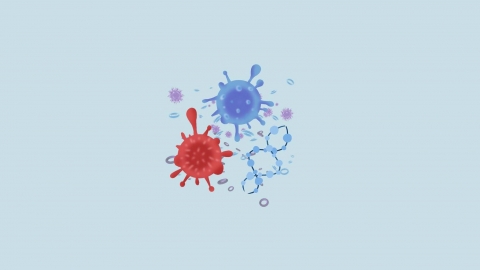How is cerebral palsy formed?
Cerebral palsy may be caused by immature fetal brain development, genetic factors, preterm birth, neonatal hypoxic-ischemic encephalopathy, central nervous system infections, and other factors. If any abnormalities are noticed, timely medical consultation is recommended. Detailed explanations are as follows:

1. Immature fetal brain development: The fetal brain inside the womb is not yet fully developed, making brain tissue susceptible to external factors that may lead to cerebral palsy. Regular prenatal checkups are recommended, along with avoiding harmful substances and ensuring adequate nutrition to support fetal brain development.
2. Genetic factors: Abnormal genetic genes related to cerebral palsy within a family may affect fetal brain development and increase the risk of cerebral palsy. Preconception examinations and genetic counseling are recommended, along with enhanced monitoring during pregnancy to reduce the likelihood of occurrence.
3. Preterm birth: The brains of preterm infants are not yet fully developed, and their cerebral blood vessels are fragile, making them prone to brain injury that can lead to cerebral palsy, often accompanied by symptoms such as delayed motor development, abnormal muscle tone, and feeding difficulties. Treatment primarily involves early rehabilitation therapy as directed by a physician, such as limb function training and speech therapy.
4. Neonatal hypoxic-ischemic encephalopathy: Oxygen or blood deficiency during birth can cause brain tissue damage, leading to cerebral palsy, often accompanied by symptoms such as impaired consciousness, seizures, and changes in muscle tone. It is recommended to improve the condition with hyperbaric oxygen therapy and rehabilitation training.
5. Central nervous system infections: Infections in newborns caused by bacteria or viruses, such as purulent meningitis or viral encephalitis, can invade brain tissue, causing inflammation that leads to cerebral palsy, often accompanied by symptoms such as fever, vomiting, convulsions, and bulging fontanelle. Treatment should follow medical advice to control the infection using medications such as penicillin sodium for injection, ceftriaxone sodium for injection, and acyclovir injection, along with long-term rehabilitation training to improve function.
In daily life, prenatal care and neonatal nursing should be prioritized, with prompt management of any abnormalities. Children with cerebral palsy should begin rehabilitation training as early as possible to help improve motor function and self-care abilities, thereby enhancing their quality of life.






